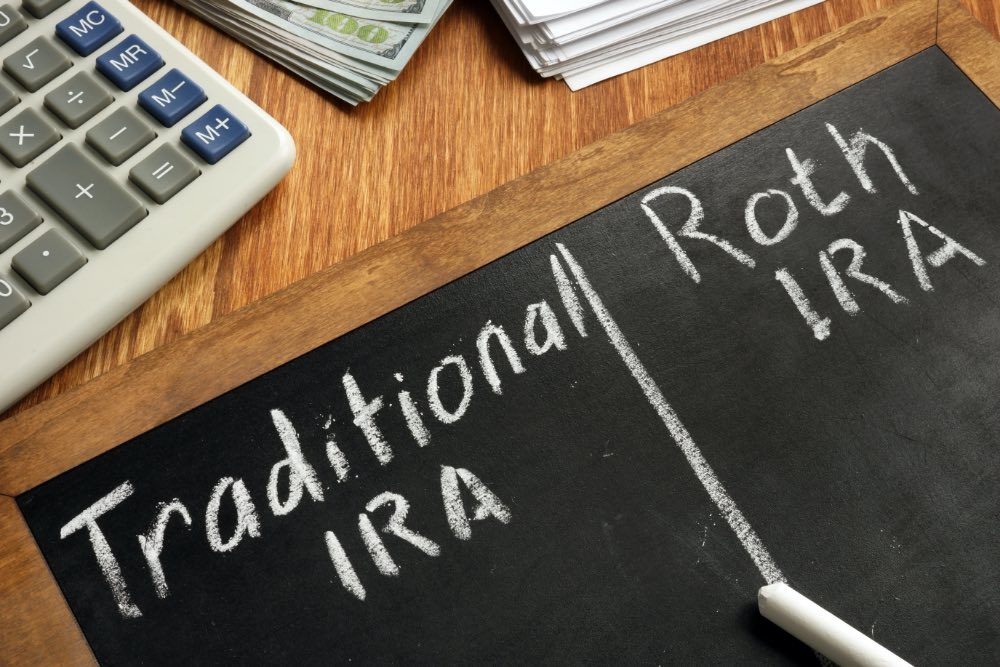Well-qualified borrowers may be able to get some very low mortgage rates on both purchases and refinance transactions. But the interest rate is only one of the factors to consider before you sign:
PRIVATE MORTGAGE INSURANCE
If your down payment is less than 20%, you may have to pay private mortgage insurance. This will add thousands of dollars to the cost of the loan.
FIXED VS. ADJUSTABLE
When interest rates go up your adjustable payment will increase accordingly. Fixed mortgage payments remain steady.
CLOSING COSTS
Fees are inevitable. In some cases, the seller may be willing to cover some or all of these costs.
INSURANCE
You’ll need to cover homeowner’s insurance. And depending on location, you may also have flood, hurricane/windstorm, or earthquake insurance premiums.




